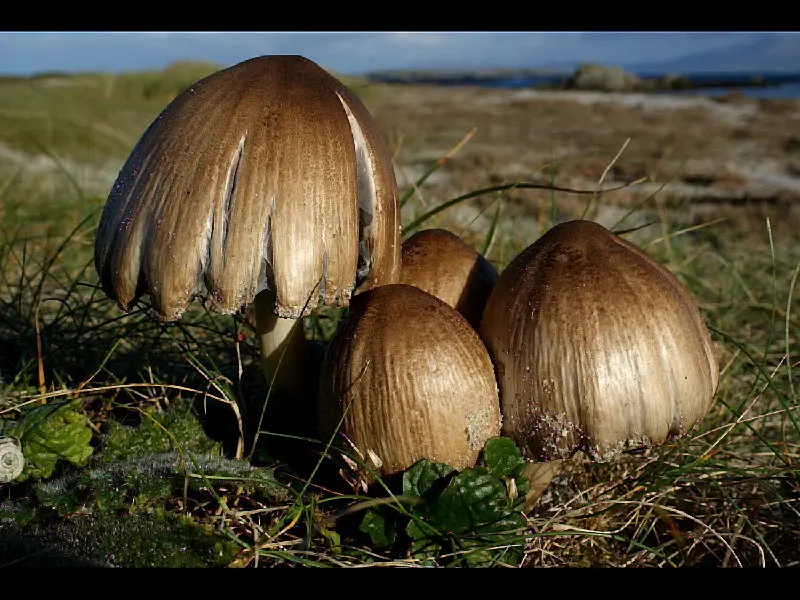Romanesi dung beetle (Coprinopsis romagnesiana)
- Division: Basidiomycota (Basidiomycetes)
- Subdivision: Agaricomycotina (Agaricomycetes)
- Class: Agaricomycetes (Agaricomycetes)
- Subclass: Agaricomycetidae (Agaricomycetes)
- Order: Agaricales (Agaric or Lamellar)
- Family: Psathyrellaceae (Psatyrellaceae)
- Genus: Coprinopsis (Koprinopsis)
- Type: Coprinopsis romagnesiana (dung beetle Romagnesi)

Dung beetle Romagnesi can be called a kind of analogue of the well-known gray dung beetle, only with more pronounced scaly. The gray dung beetle has a gray cap with a few tiny scales in the center, and the Romagnesi dung beetle is prominently adorned with brown or orange-brown scales. Like other dung beetles, the Romagnesi dung beetle blades blacken with age and eventually liquefy, creating an inky slime.
Description:
Ecology: Saprophyte growing in groups on stumps or on rotting roots around stumps.
It occurs in spring and summer, there is evidence that two periods of fruiting are possible: April-May and again in October-November, it may also grow in summer in cool weather or in cool regions.
head: 3-6 cm in diameter, in young mushrooms of the correct oval or ovoid shape, with maturity it expands, acquiring a bell-shaped or widely convex shape. Light, whitish to beige, densely covered with adjacent brown, brown, orange-brown scales. As the scales grow, they diverge slightly, remaining denser in the central part of the cap.
plates: Adherent or loose, rather frequent, white in young mushrooms, becoming purple-black with the onset of autolysis, eventually liquefying, turning into black “ink”.
Leg: 6-10 cm in height, according to some sources up to 12 cm, and up to 1,5 cm thick. White, whitish, off-white, hollow in adult mushrooms, fibrous, brittle, slightly pubescent. It may have a slight extension downwards.
Pulp: in the cap is very thin (most of the cap is plates), white.
Smell and taste: indistinct.

Edibility: the mushroom is considered edible (conditionally edible) at a young age, until the plates begin to turn black. Regarding the possible incompatibility with alcohol inherent in the gray dung beetle: there is no reliable data.
Similar species:
Gray dung beetle (Coprinus atramentarius) in appearance, but in general is similar to all dung beetles, ending their life path by turning into a slimy ink stain.









